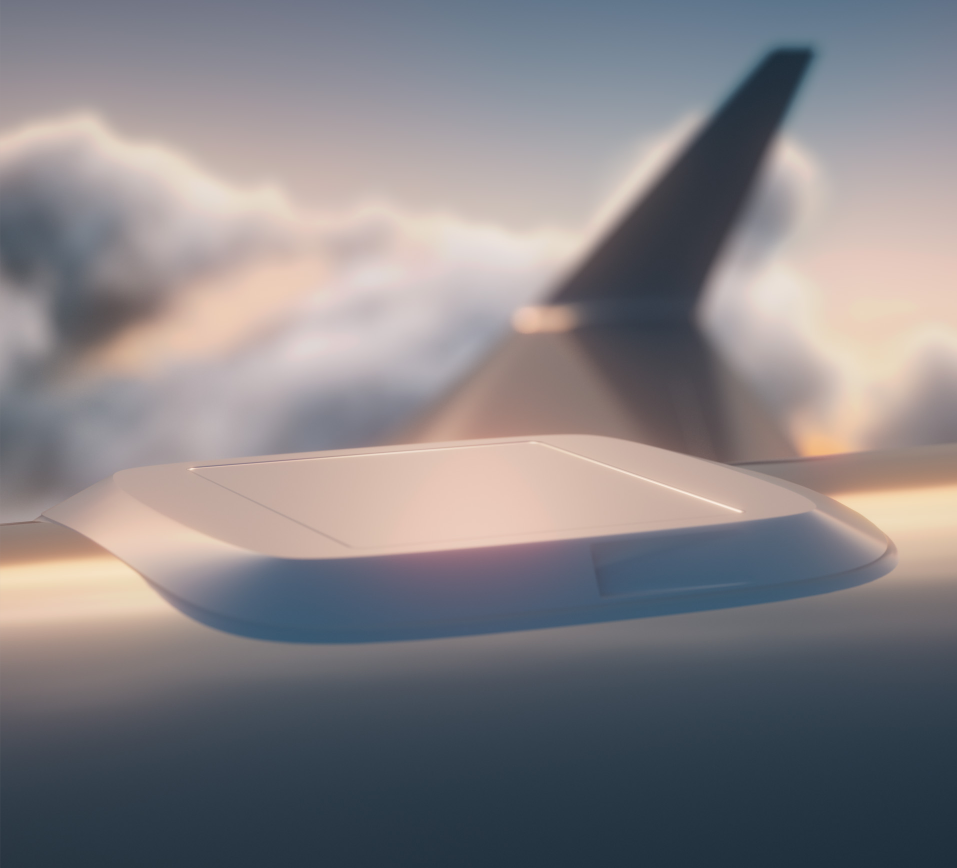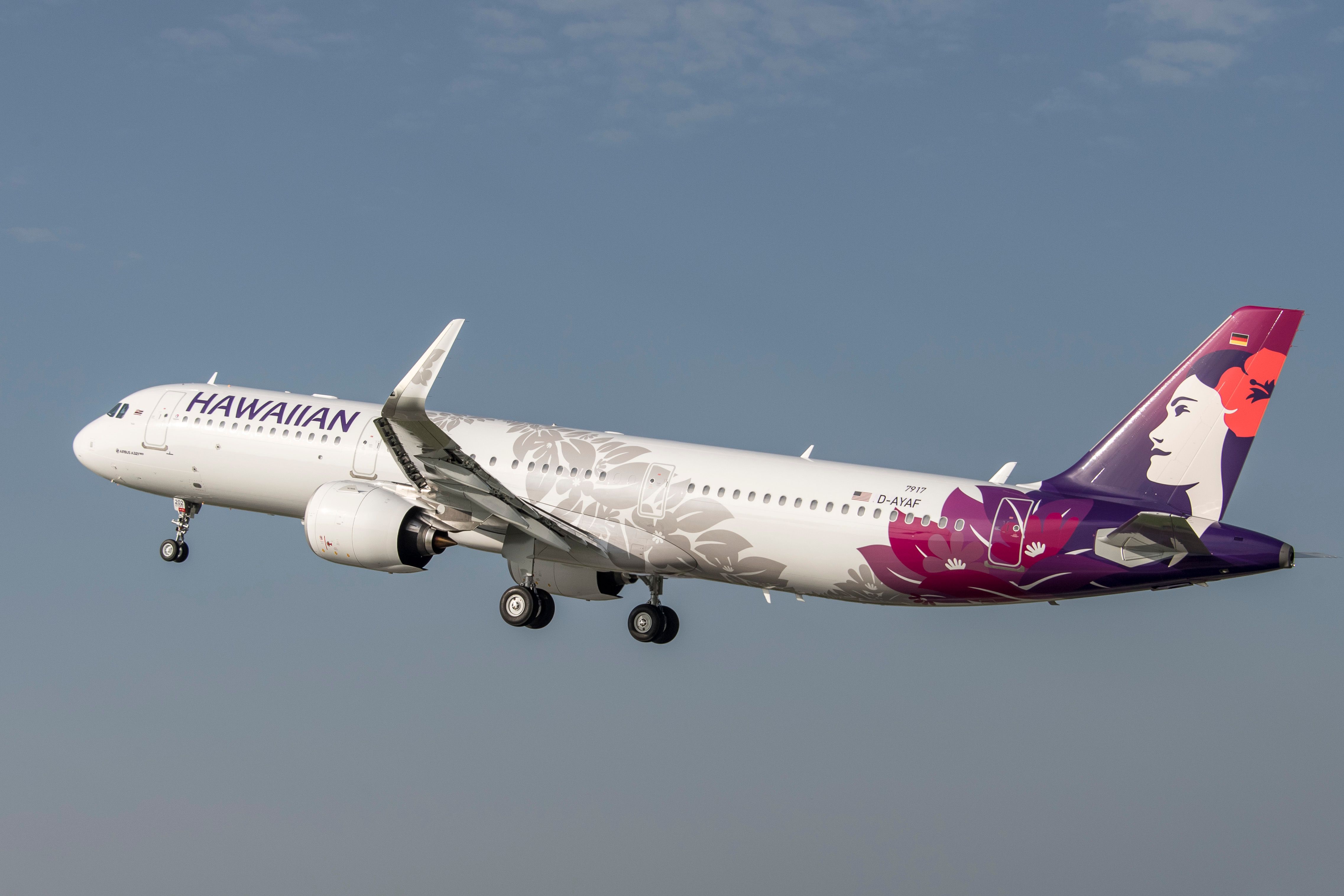Aircraft around the globe will soon be equipped with SpaceX's unique, high-speed satellite internet, Starlink. The new service, "Starlink Aviation," has undergone development and testing over the past few years. Yesterday, October 18th, the company announced that beginning in 2023, it would roll out its full service to aviation customers. This new program looks to enhance in-flight connectivity for passengers.
Global connectivity
The advanced internet service can be accessed from anywhere on the planet. With over 3,000 satellites in orbit, Starlink is designed to reach customers in every corner of the Earth. This enables it to reach any aircraft regardless of position or altitude. Many airlines already offer in-flight WiFi services, but these services typically use ground-to-air connections with limited range, meaning they can only be used over land and will not work over the ocean. They are also relatively slow, offering speeds of only 10Mbps.
Other satellite internet services are used on select aircraft, but these only reach speeds of 30 to 100 Mbps. These speeds can vary drastically depending on the number of passengers using the WiFi. Starlink will provide aircraft with up to 350 Mbps allowing all customers to use the service without overwhelming it. The company shared its connectivity and service capabilities when it stated,
"As the world's largest satellite constellation with coverage over land, the oceans and polar regions, Starlink is positioned to connect passengers wherever your flight routes evolve. Starlink can deliver up to 350 Mbps [Megabits per second] to each plane, enabling all passengers to access streaming-capable internet at the same time. With latency as low as 20 ms [milliseconds], passengers can engage in activities previously not functional in flight, including video calls, online gaming, virtual private networks and other high data rate activities."
Get the latest aviation news straight to your inbox: Sign up for our newsletters today.
Steep investment
These next-generation services come with next-generation prices. The hardware kit alone costs $150,000 per aircraft. This kit comes with a power supply and everything needed to provide passengers with in-flight WiFi. Once installed, the airlines can expect to pay between $12,500 and $25,000 per month for the internet subscription.
The hardware installation will require minor modifications to the equipped aircraft as a flat square phased array antenna called an "Aero Terminal" must be positioned on the aircraft exterior. Aviation companies can preorder the hardware for a price of $5,000. The company plans to begin delivering the hardware to customers by mid-2023.
Existing customers
Earlier this year, Hawaiian Airlines became the first Starlink Aviation customer. It has made significant investments in the program and plans to equip its long-haul aircraft with the service. This includes its fleet of Airbus A321neos and A330s. It also plans to equip its new Boeing 787s upon delivery. Hawaiian has yet to offer in-flight WiFi because its transpacific flights were over the ocean, limiting its connectivity options. With this new technology, it plans to offer WiFi on all of its transoceanic routes.
The CEO and President of Hawaiian Airlines, Peter Ingram, stated,
"When we launch with Starlink we will have the best connectivity experience available in the air,
"We waited until technology caught up with our high standards for guest experience, but it will be worth the wait. Our guests can look forward to fast, seamless and free WiFi to complement our award-winning onboard Hawaiian hospitality."
JSX, a charter airline, also became an early believer in the technology, investing heavily in the program. It plans to offer Starlink on all flights as soon as possible. It has even begun testing the service on its own aircraft. Delta Air Lines has also shown significant interest in the program. More parties will likely show interest in the product once it is rolled out to its existing customers next year.
Starlink Aviation has undoubtedly set a higher standard for in-flight connectivity. It is likely that over the coming years, more and more aircraft will be equipped with this service unless a strong competitor can challenge it. Either way, the real winner will be the passengers continuously offered the highest level of in-flight connectivity.
What do you think of this in-flight connectivity service? How do you think it will affect the future of aviation? Let us know in the comments below.

.jpg)

